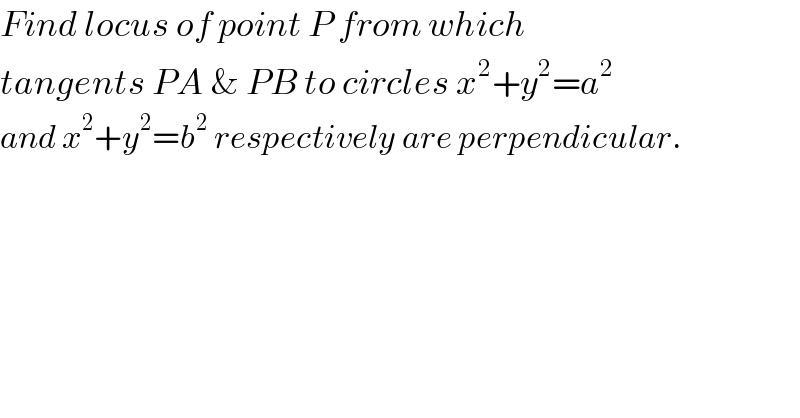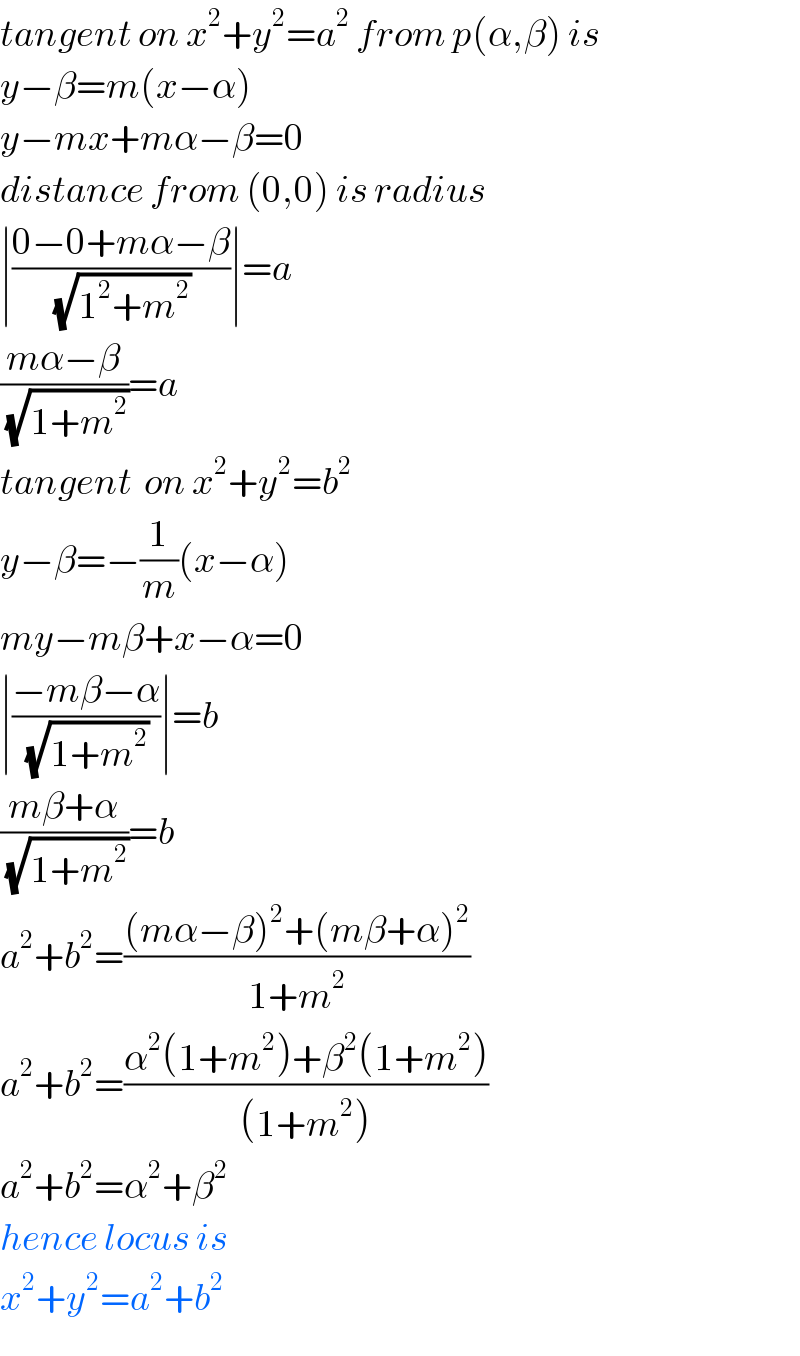
Question and Answers Forum
Question Number 47621 by rahul 19 last updated on 12/Nov/18

Commented byrahul 19 last updated on 12/Nov/18

Answered by tanmay.chaudhury50@gmail.com last updated on 12/Nov/18

Commented byrahul 19 last updated on 13/Nov/18
thanks sir ����
